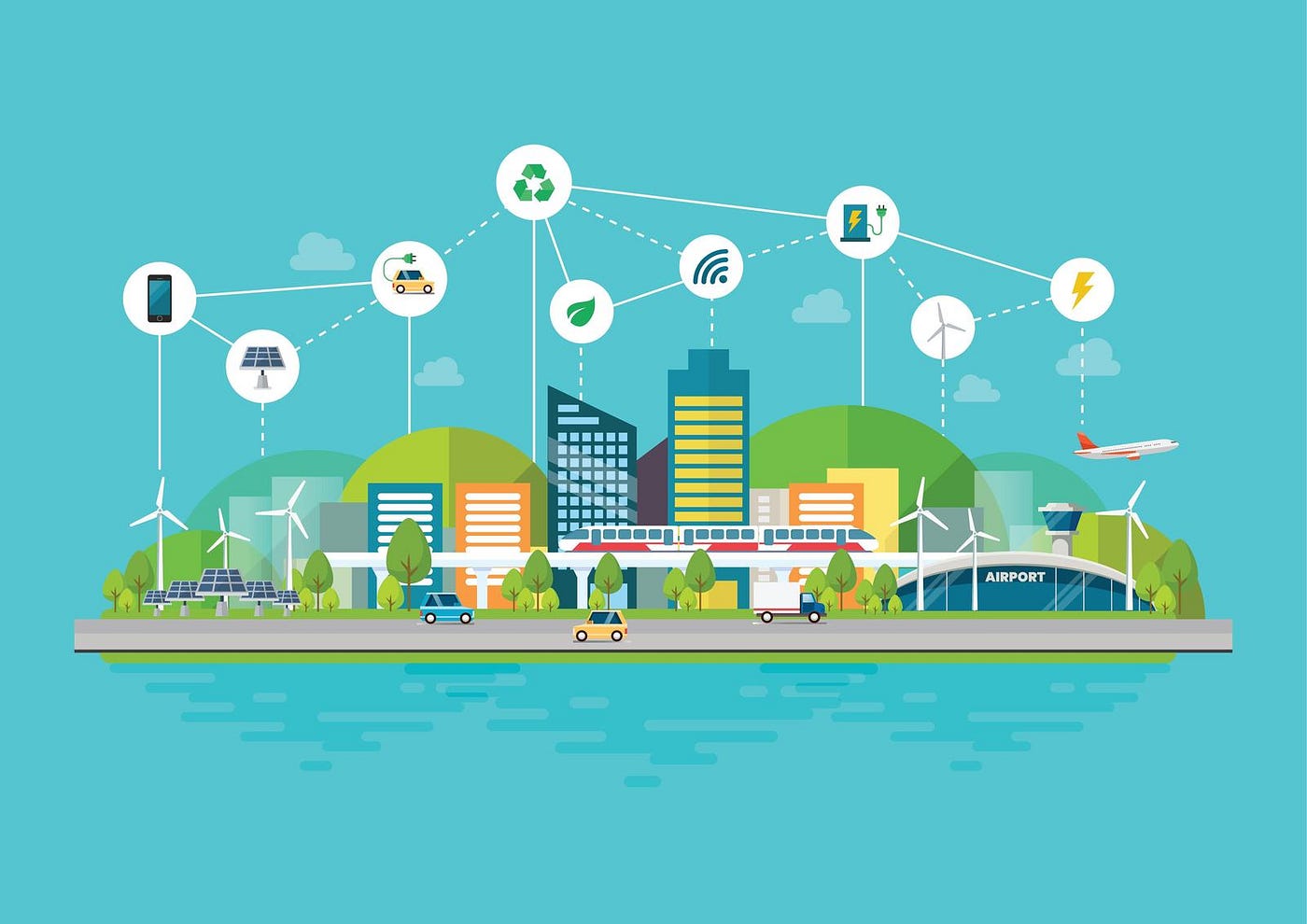Adapting Apartment Design for the Remote Work Era: Opportunities for Builders and Real Estate Developers
Read latest blogs and articles from Housystan

The Information mentioned here was last updated on:
11/12/2025The rise of remote work has transformed the way people live and interact within their homes, making it crucial for builders and real estate developers to adapt apartment designs that cater to the evolving needs of today’s professionals. As work-from-home becomes a long-term trend rather than a temporary solution, apartments in urban centers and suburban areas must be reimagined to support both productivity and comfort. In cities like New York, Los Angeles, Chicago, and emerging tech hubs such as Austin and Raleigh, developers who proactively address remote work requirements will stand out in a competitive real estate market.
Modern renters and homeowners now seek living spaces that go beyond traditional layouts. Dedicated home offices or flexible multipurpose rooms are becoming essential features, offering residents the privacy and functionality necessary for effective workdays. Enhanced soundproofing, high-speed internet connectivity, and ample electrical outlets are now baseline expectations. By incorporating these elements, builders elevate the value proposition of their properties, attracting a broader demographic—including tech professionals, creatives, and entrepreneurs—seeking optimal environments for remote work.
Another opportunity for developers lies in creating shared amenities tailored for remote workers. Co-working lounges, conference rooms, and outdoor workspaces provide communal areas where residents can collaborate or find inspiration outside their private units. Wellness facilities, such as fitness centers and meditation rooms, support work-life balance, which has become increasingly important for those spending more time at home. Builders in technology-driven regions like San Francisco, Seattle, and Denver can leverage these features to appeal to the influx of remote professionals relocating for lifestyle or affordability reasons.
- Verified Tenants/Buyers
- Unlimited Property Listing
- Zero subscription/charges fee
Energy efficiency and smart home technology are additional selling points. Automated lighting, climate control, and security systems offer convenience for those who now spend the majority of their day at home. Sustainable building practices not only reduce operational costs but also align with the values of eco-conscious renters, particularly in progressive markets such as Portland and Boulder.
By prioritizing flexible layouts, robust technology infrastructure, and wellness-focused amenities, builders and real estate developers can position their projects as future-ready solutions for the remote work era. This strategic approach enhances property appeal, boosts occupancy rates, and ensures long-term success in a rapidly changing housing landscape across diverse geographic regions.